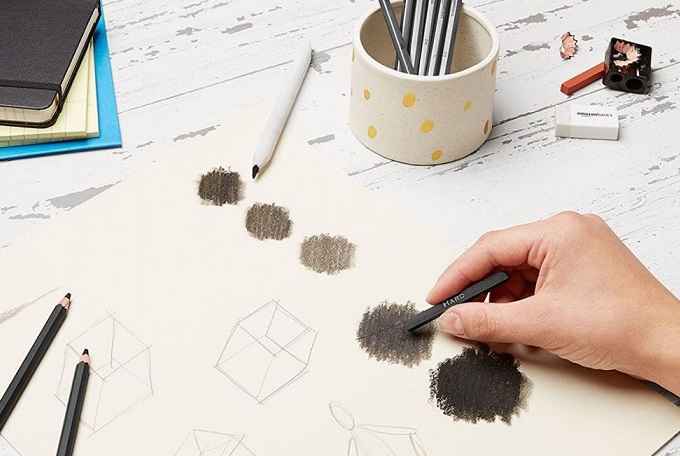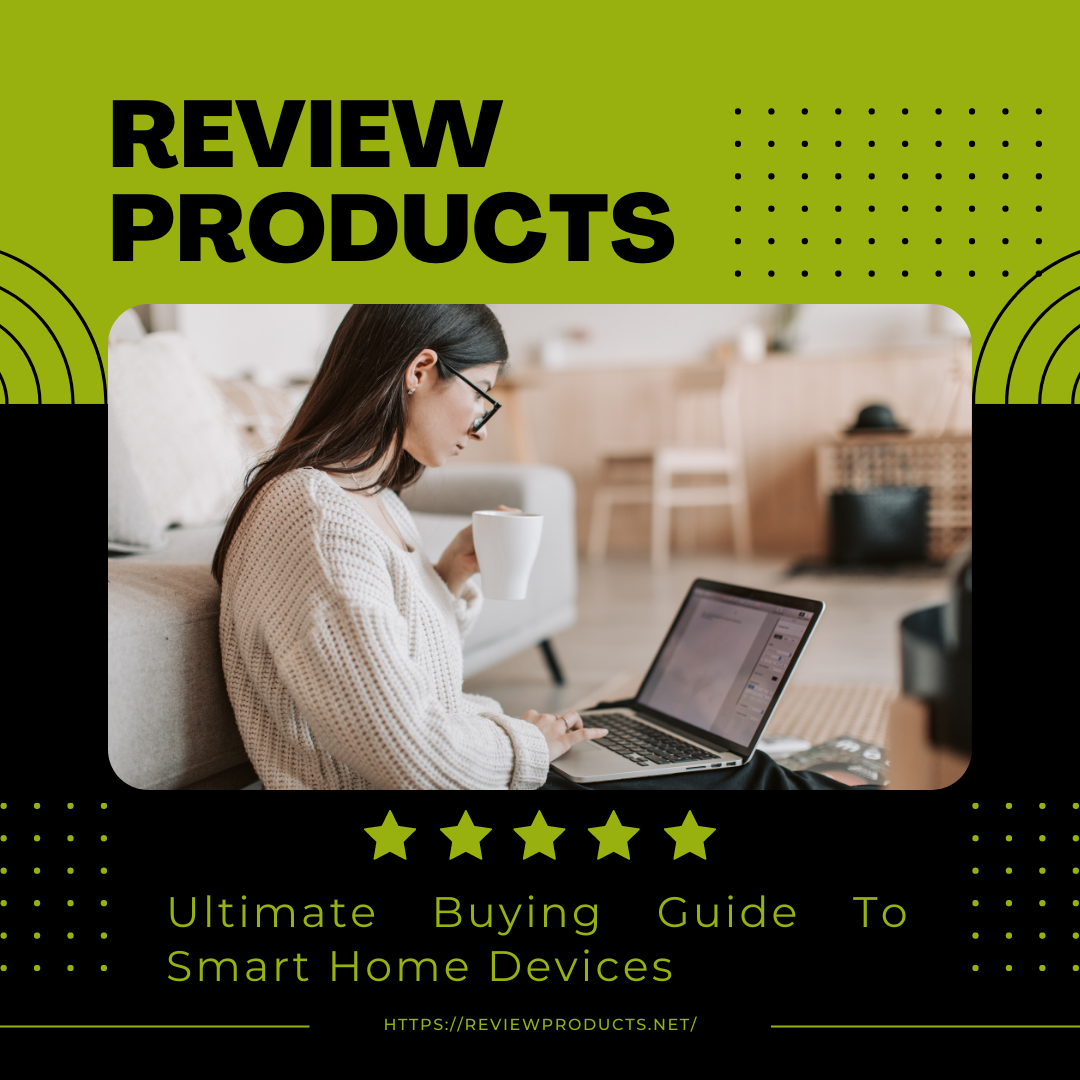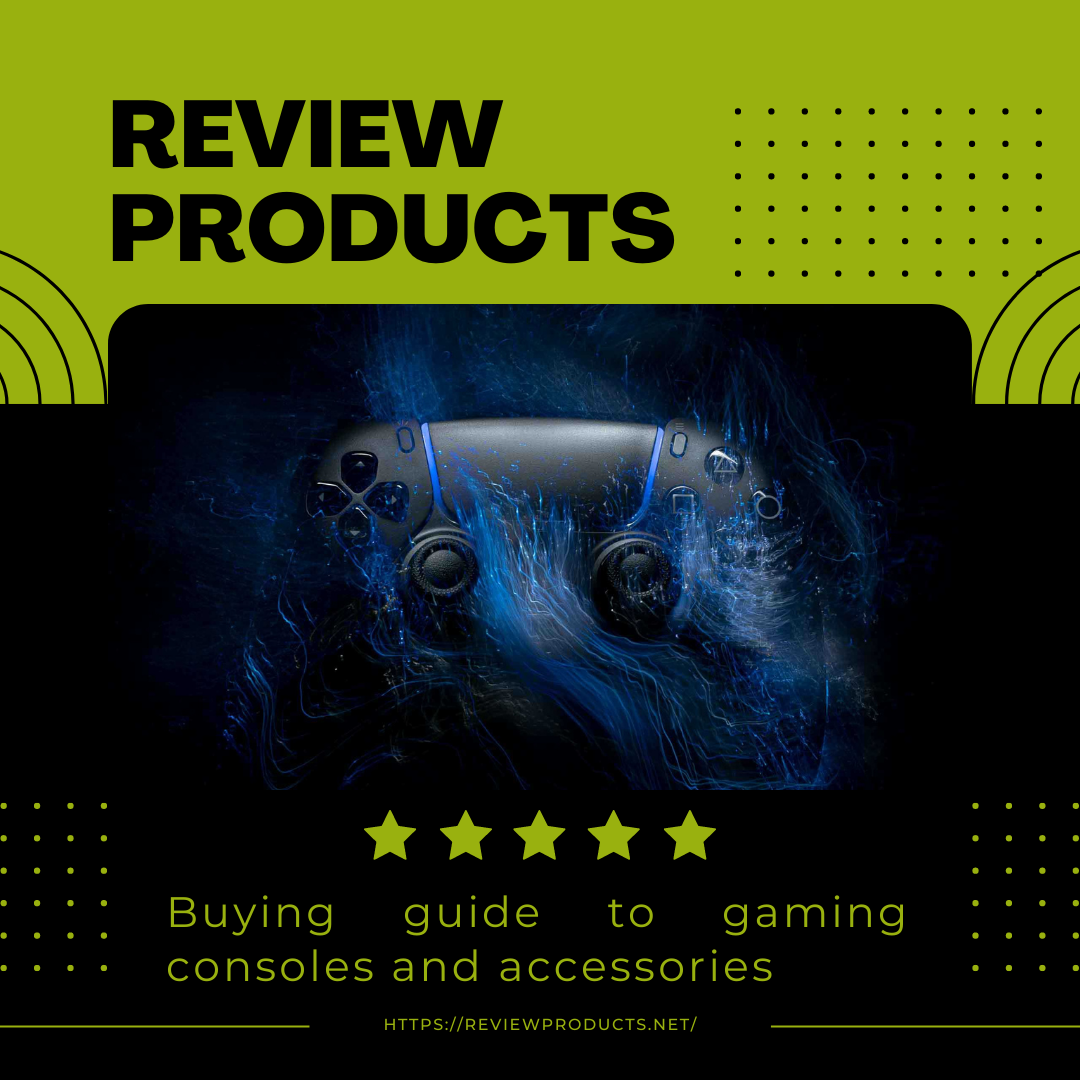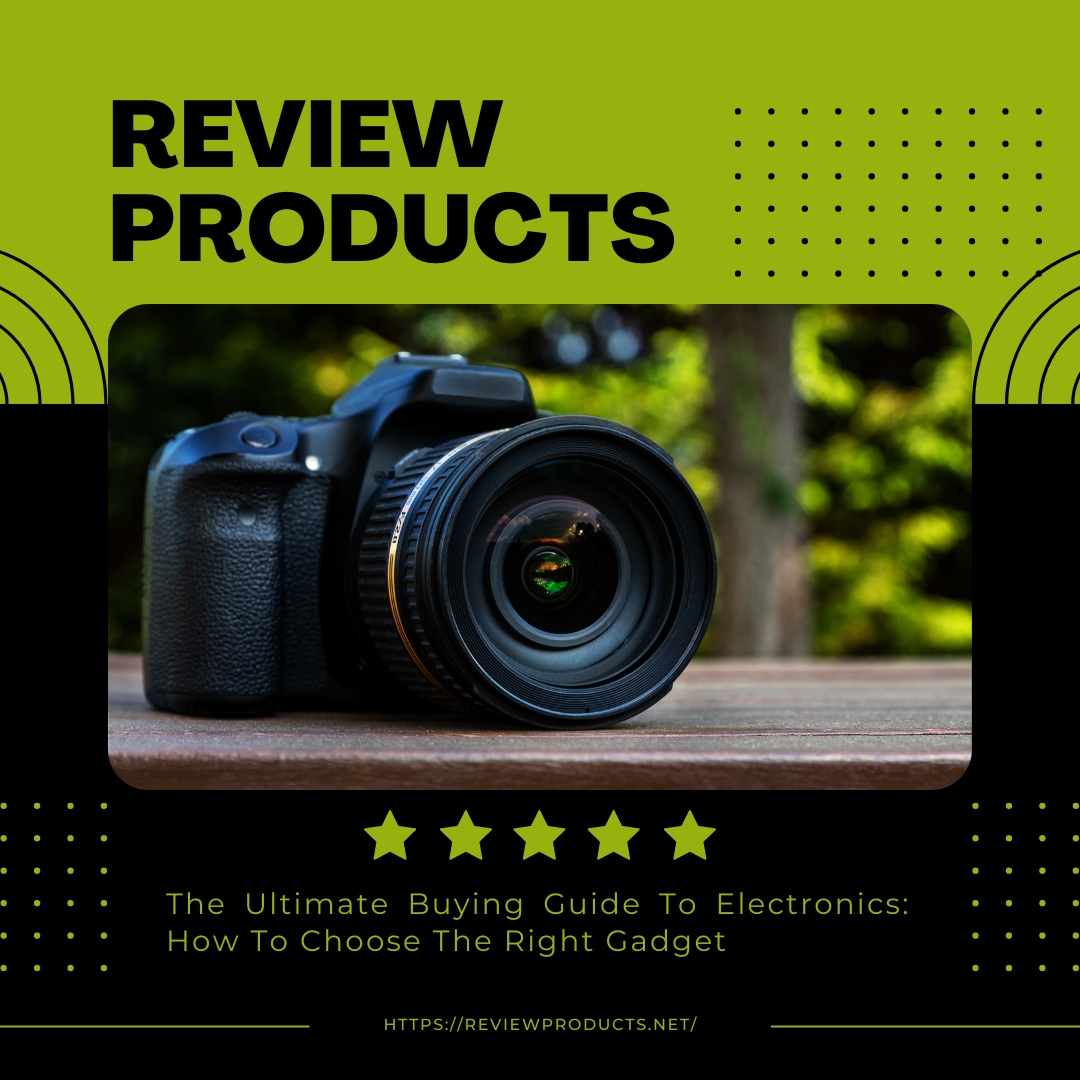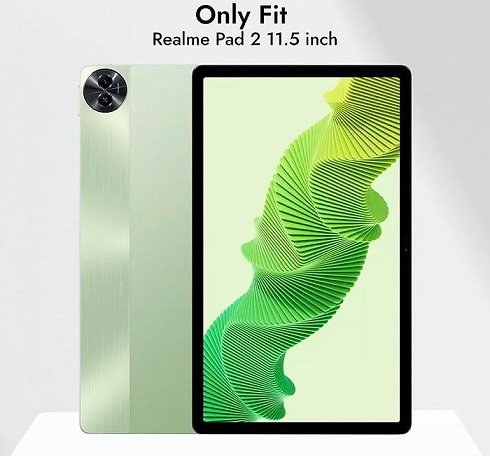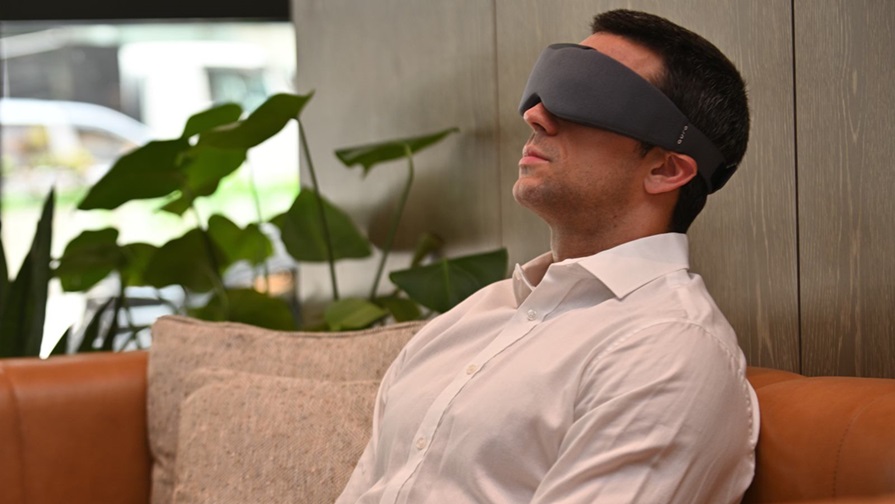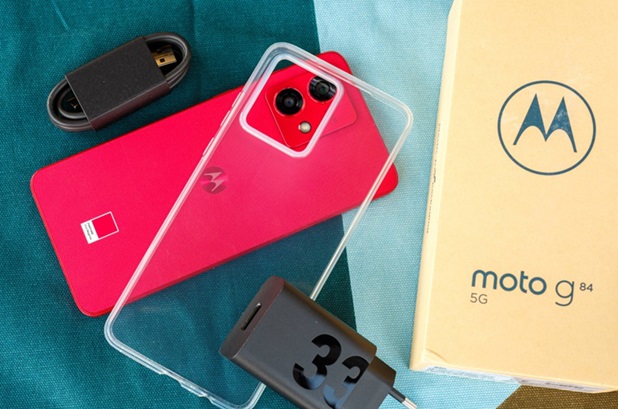Realme Pad 2 Review: A Stylish Upgrade That Covers the Basics
Realme has only released two tablet computers since its 2018 debut. The Realme Pad 2, the company’s second tablet, has some performance and aesthetic upgrades over its predecessor. It also includes cellular connectivity, distinguishing it as a unique product in the sub-Rs—20,000 tablet market, dominated by inexpensive tablets deficient in this capability. Faster charging and a display with a 120Hz refresh rate are also included. More significantly, the software has been optimized for a wide-screen experience, and the base model also includes 6GB of RAM. But to produce a tablet at such a low cost, did Realme make any compromises? Can it genuinely outperform the recently released Redmi Pad in terms of value? Let’s investigate.
Indian Realme Pad 2 cost
The Realme Pad 2’s base model costs Rs. 19,999 in India and comes with 6GB of RAM and 128GB of storage. The most expensive model costs Rs. 22,999 and has 8GB of RAM and 256GB of storage. Since LTE connectivity is an essential feature on both models, the older model’s more excellent price is more than justified, especially considering the additional improvements it provides.
Realme Pad 2’s look
There are two finishes for the tablet: Inspiration Green and Imagination Grey. As one can see, Realme is aiming both of these products at young consumers. The unit we received for evaluation in a brilliant green color looks pretty appealing, even though I found its design and material selection somewhat reminiscent of Oppo’s Pad Air.
The Realme Pad 2 has a chassis with a polycarbonate insert that occupies about a quarter of the back surface and a metal frame with flat sides. The considerable camera module is attached to one end of the plastic band, which spans the whole top half of the gadget (when held horizontally) and includes the frame.
All antennas required for radio transmission are conveniently concealed beneath the insert. Although noticeable, the camera bump does not protrude very far and does not cause the tablet to wiggle when placed on a flat surface.
Due to the basic design approach, there are no joints or antenna gaps. Thus, it feels rather premium and relatively compact (7.2mm). The four-speaker grilles’ perforations, which likewise seem understated and understated, are another feature I appreciated. Realme’s software interface blends beautifully with the enormous 11.5-inch LCD screen’s thin bezel all around and rounded corner cuts.
The Realme Pad 2 lacks additional accessories, just like the previous version. It’s still being determined why the Pad doesn’t even sell a simple kickstand folio cover, but this does suggest that the company only intends for its tablet to be used as a media consumption tool. I always had to hold the tablet at an angle to watch the content or navigate via its interface because there wasn’t an available case or stand. With a weight of 518g, holding this tablet at the necessary angle gets tiresome, especially when viewing movies or television.
Software and specifications for the Realme Pad 2
For some time, various low-cost devices have been using the 6nm MediaTek Helio G99 SoC, which powers the Realme Pad 2. The Redmi Pad, which is this device’s main rival, is also on the list of gadgets. Wi-Fi AC, Bluetooth 5.2, support for several LTE bands, and the typical satellite global positioning systems are among the communication technologies.
To plug in headphones, there is no headphone jack available. However, you receive a SIM card tray with slots for a SIM and a microSD card that can hold up to 1TB of data. The tablet’s 8,360mAh battery may be topped with the included 33W charger.
I was also taken aback that there was no secure biometric authentication on a tablet priced less than Rs. 20,000. Like the previous version, the Realme Pad 2 lacks a fingerprint reader, making 2D face unlock the only way to access the tablet without entering a passcode. While this isn’t a safe way to open a personal device, it did function well in all but complete darkness.
Three apps can be displayed at once on the Realme Pad 2.
The software interface of the Realme Pad is an enhancement over the earlier model. It is not a ‘light’ or simplified version of the conventional Realme UI interface that can be found on its entry-level devices, including the prior design.
The brand-new Realme Pad 2 receives the complete treatment with all the customization options one would anticipate from its smartphones and a few more. This features a bottom dock that displays recently launched and pinned apps running in the background. Although this dock isn’t available anywhere in the interface or can be called up over third-party programs, its utility is restricted to the home screen.
The Realme Pad 2 included just one preinstalled third-party program (Facebook), which can be removed, in contrast to most other Realme devices and tablets in this price range.
This tablet-optimized version of Realme UI has full touchpad functionality (under Additional Settings) with full support for gestures one would do on a standard trackpad despite no officially authorized peripherals. There are also the standard features, such as the ability to run two apps in split-screen mode while another app is launched in a pop-up window, allowing for the simultaneous display of three apps.
Realme Pad 2 functionality
This tablet allows for effective multitasking. I ran five Chrome tabs concurrently while the YouTube app was split-screening clips side by side. The system handles opening a floating window while executing all of this fine, with some slowness when drawing lengthy web pages.
I liked the aspect ratio of this large display regardless of the tablet’s software performance, which was suitable for a cheap tablet. It is excellent for content consumption and has enough space to run two split-screen apps simultaneously.
Because Realme includes Widevine L1 support, I could stream and watch full-HD video content on this tablet. Although the display loses contrast at an angle, outdoor visibility is decent. Given its size and quality, the show isn’t the clearest on the market, and its MEMC high-refresh-rate system occasionally exhibits noticeable choppiness when scrolling or switching between videos and apps.
When it came to benchmarks, the tablet delivered results that were comparable to low-cost smartphones at this price point. The Realme Pad 2 got 726 and 1,975 issues in the single-core and multi-core tests of Geekbench, respectively, and 4,29,907 points in AnTuTu. In the Manhattan 3.1, T-Rex, and Car Chase test suites of GFXBench, the tablet achieved graphical frame rates of 25, 55, and 15 frames per second, respectively.
Among its rivals, the Realme Pad 2’s display is the largest but could be better.
Although the MediaTek Helio G99 is not a performance powerhouse, it is adequate for daily tasks. Despite boasting a 120Hz refresh rate display, this tablet is better suited for casual gaming than graphics-intensive games. I tried Asphalt 9: Legends, and it played perfectly well, with some little frame skipping and stuttering on the basic settings.
The sound was better than the previous model’s more straightforward dual speaker configuration, which was what I liked about the gaming and video viewing experience. The sound is unquestionably louder and more immersive than the previous generation. Additionally, the tablet supports Dolby Atmos.
A 5-megapixel back camera and an 8-megapixel front camera are both featured on the Realme Pad 2. As predicted, the primary shooter provides essential image quality with below-average detail but closer to natural colors. Even in full daylight, the textures were mainly flat. Thus, you are better off using any smartphone camera offered at this price bracket.
The front-facing camera’s selfies have bland surfaces and trim detail. This camera is better suited for video calling because it handles backdrop exposure well when recording video, which is helpful when making video calls.
A 5-megapixel primary camera is featured on the Realme Pad 2.
For a low-cost tablet, the battery life is quite good. The Realme Pad 2 completed the typical battery loop video test at 26 hours and 13 minutes. It can easily last two days with intensive use and three days with light use, which is suitable for a compact tablet, with or without a SIM card inside.
Because it now has LTE coverage, it is also a dependable road warrior that can offer continuous entertainment (for OTT apps) or connectivity (for video conversations, etc.) while moving. Its larger battery will also last significantly longer than any smartphone in your pocket.
Regarding charging, the tablet received a 33 percent charge in 30 minutes, a 62 percent charge in an hour, and a full charge in 1 hour and 36 minutes, which is decent for a tablet.
Verdict
Overall, the form and functionality of the Realme Pad 2 are identical to those of the first version. It works best when used only as a media consumption tool. Realme should have released a keyboard adapter with the tablet to use it as a portable workstation. It also cannot be used to scribble on because it does not support styluses.
The Realme Pad 2 improves upon the shortcomings of its predecessor and achieves something of an all-rounder status by adding a high-refresh-rate display, an upgraded processor, and cellular connectivity to its feature list. Finding something comparable on the market at Rs. 19,999 can be challenging. Its nearest rivals are the Redmi Pad (Review) and the Oppo Pad Air (Review), which are slightly less expensive but feature smaller displays, batteries, and no cellular connectivity.



